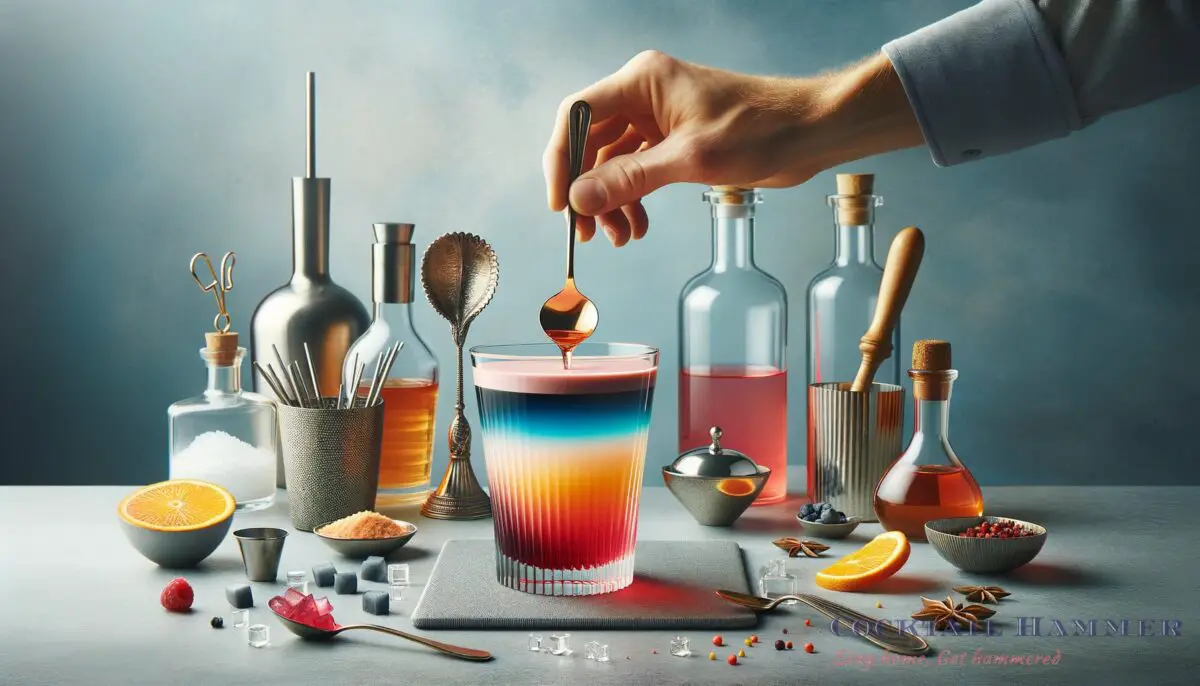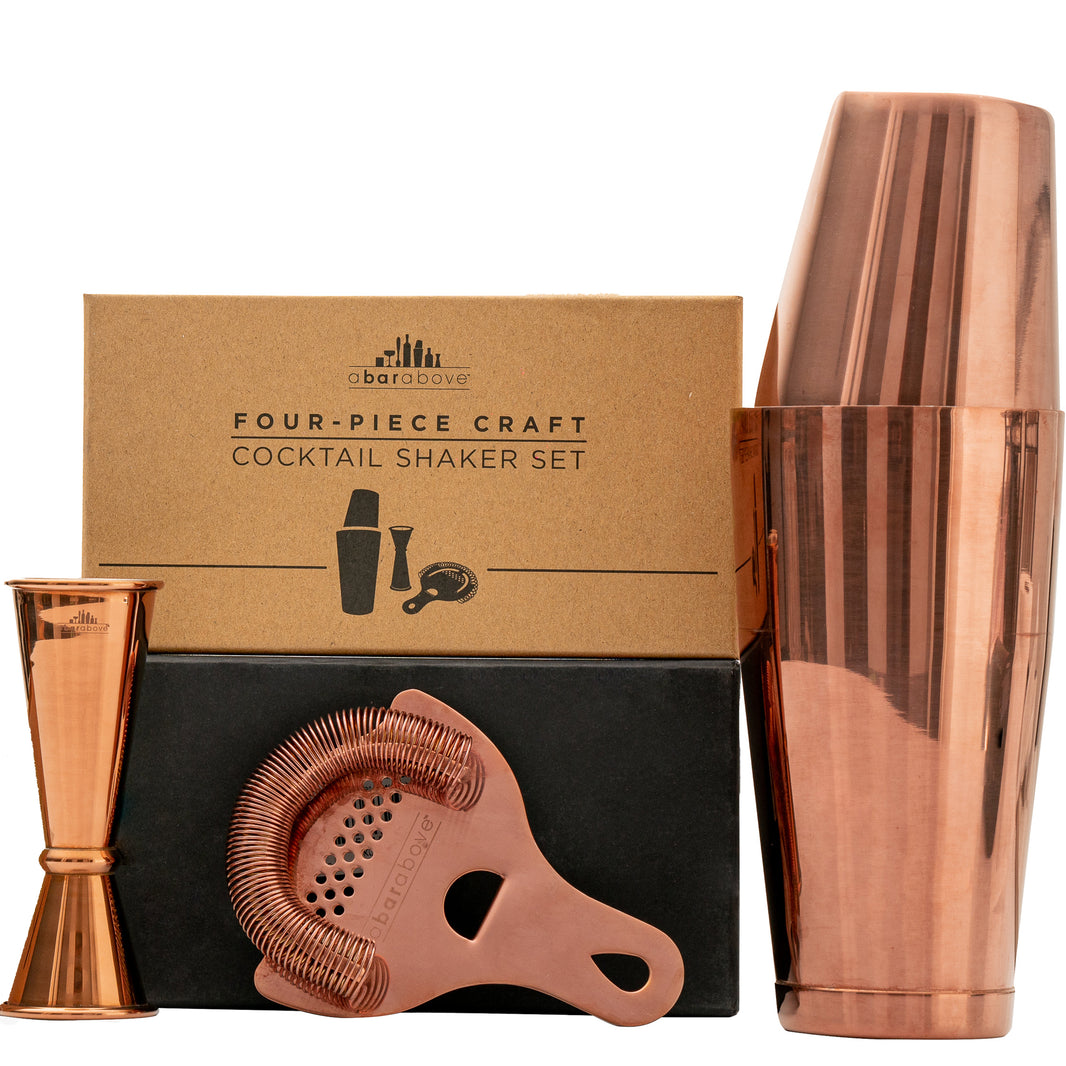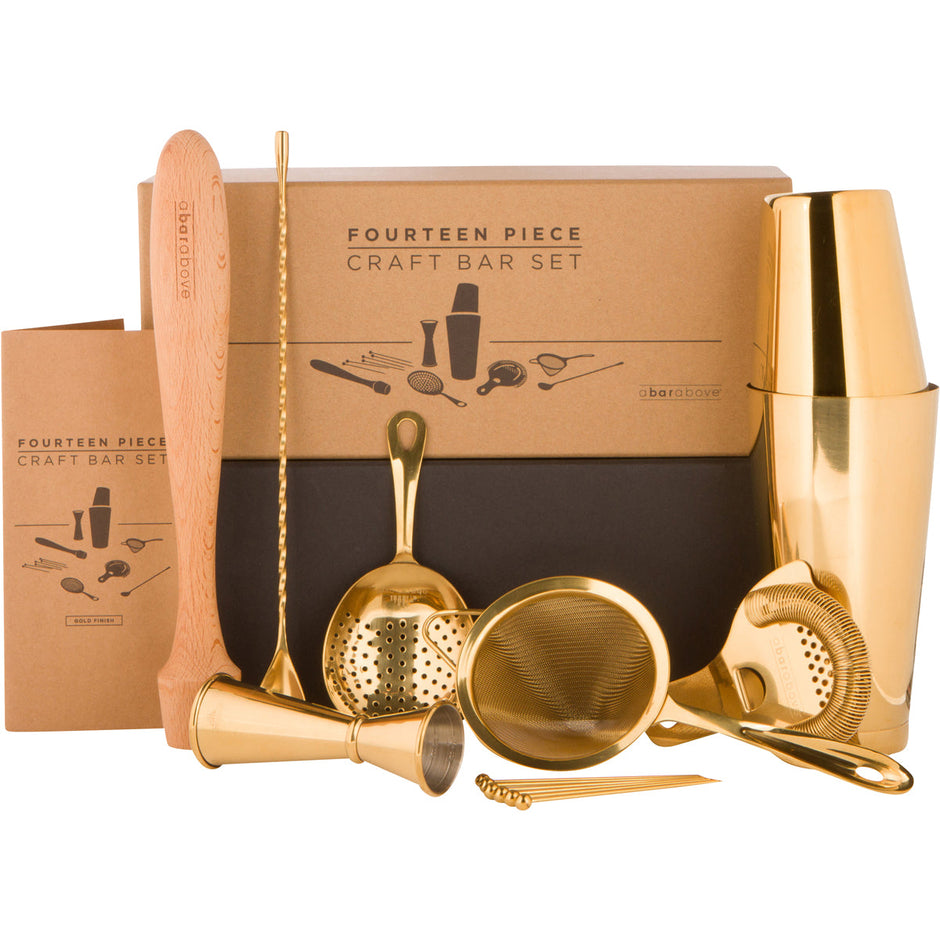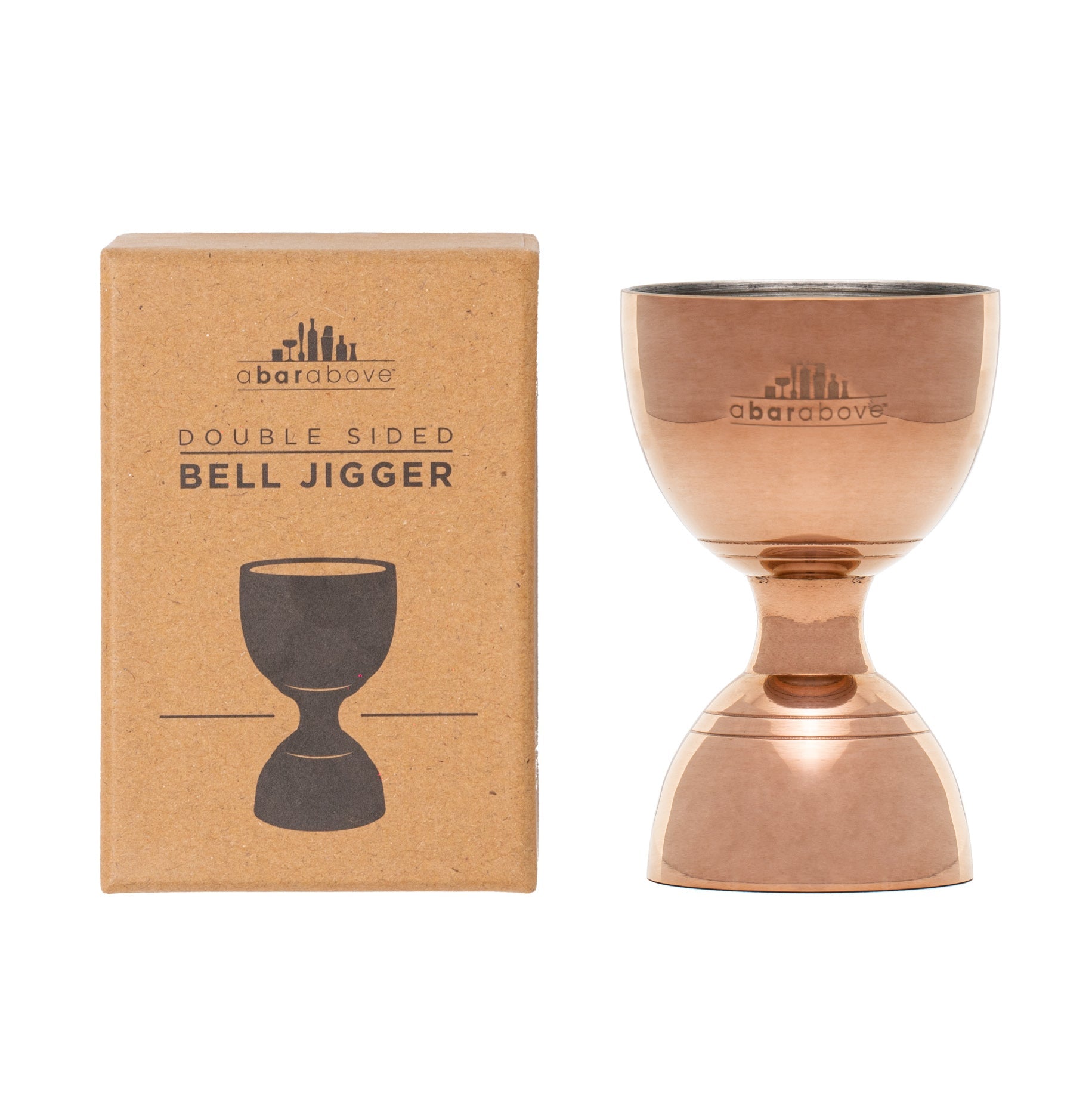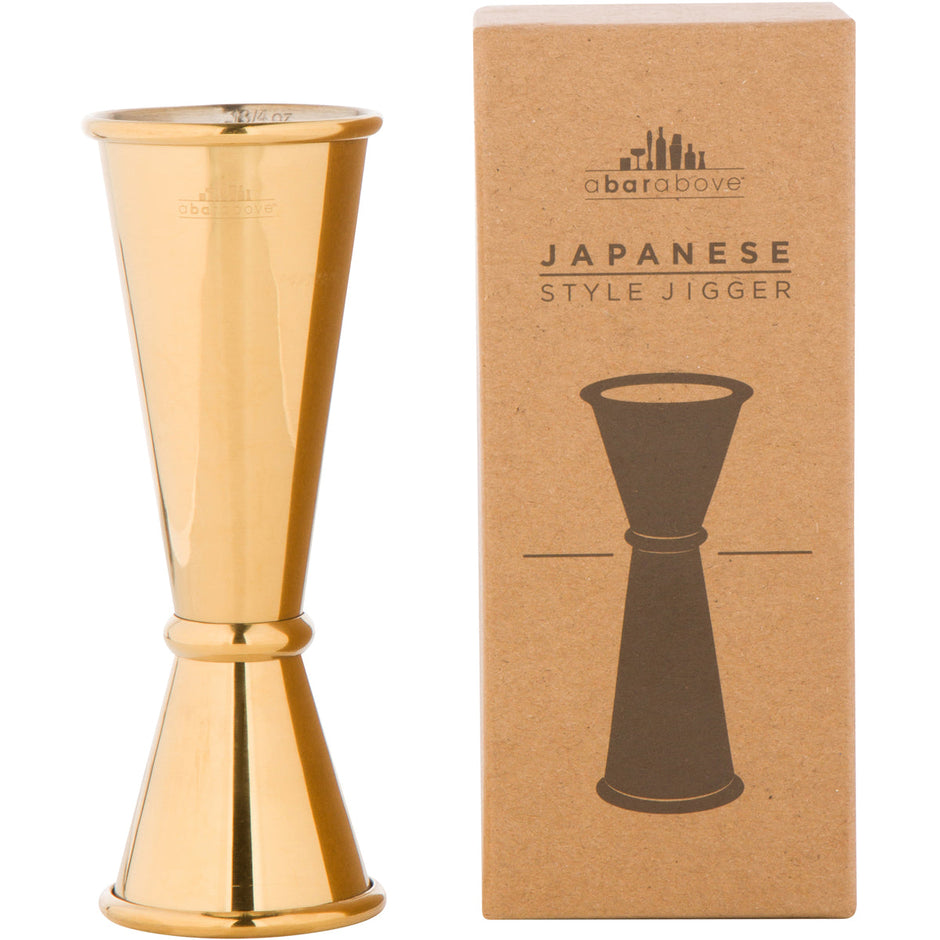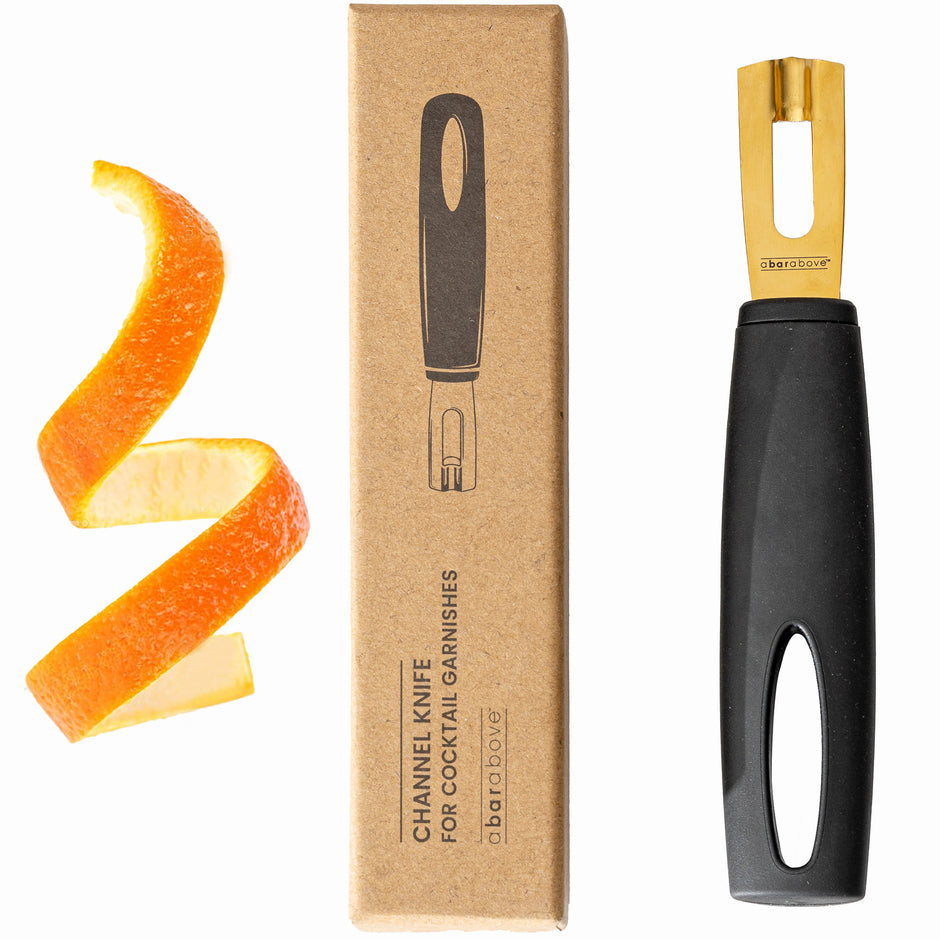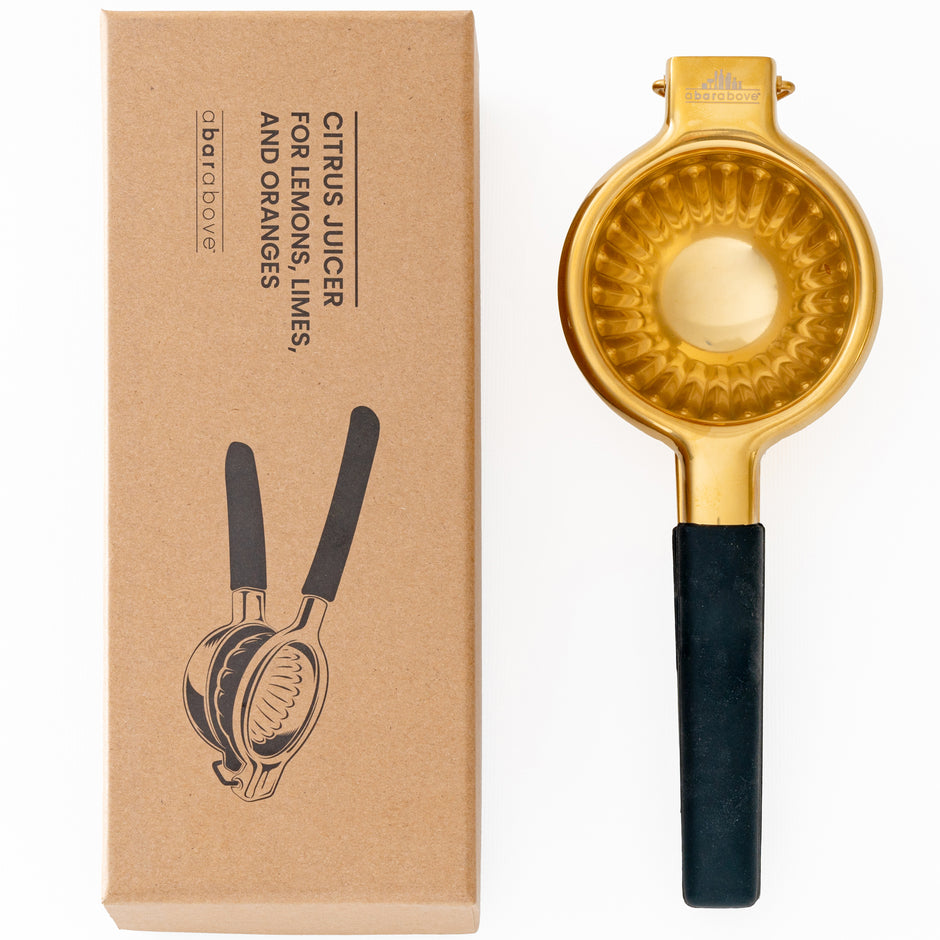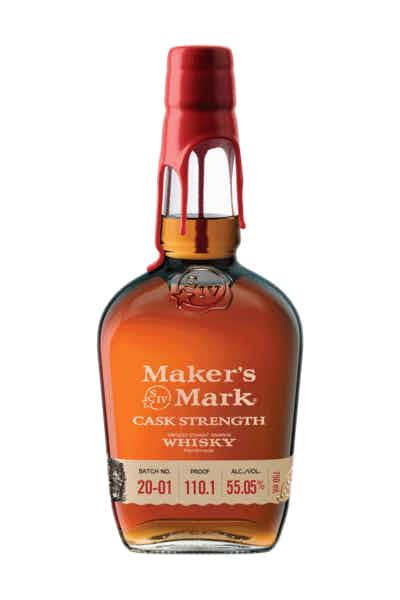Vodka (Russian for “little water”) is typically made from water and agricultural ethanol alcohols such as wheat, rye, potato, corn, or barley.
It’s traditionally associated with Russia and Poland, but it is now produced all over the world. Russia and Eastern European countries consume the most alcohol, followed by the United States.
The definitions of Vodka in the United States and the European Union vary slightly. In the US, domestic vodkas are classified as “neutral spirits with no distinctive character, aroma, taste, or color.” The European Union legislation describes Vodka as “a spirit drink in which the organoleptic characteristics (taste, color, and odor qualities) of the raw materials are selectively reduced.”
Vodka is the most widely used spirit in cocktails, blended drinks, and shots, making it a must-have in every bar.
What is Vodka made of
Vodka is a diverse liquor, much like other spirits. However, unlike other spirits, it is not governed by many rules. Vodka is a Russian spirit that is sometimes referred to as a “neutral grain spirit” because it is made by fermenting and distilling grain. This may be corn, rye, wheat, or some other grain the distiller prefers.
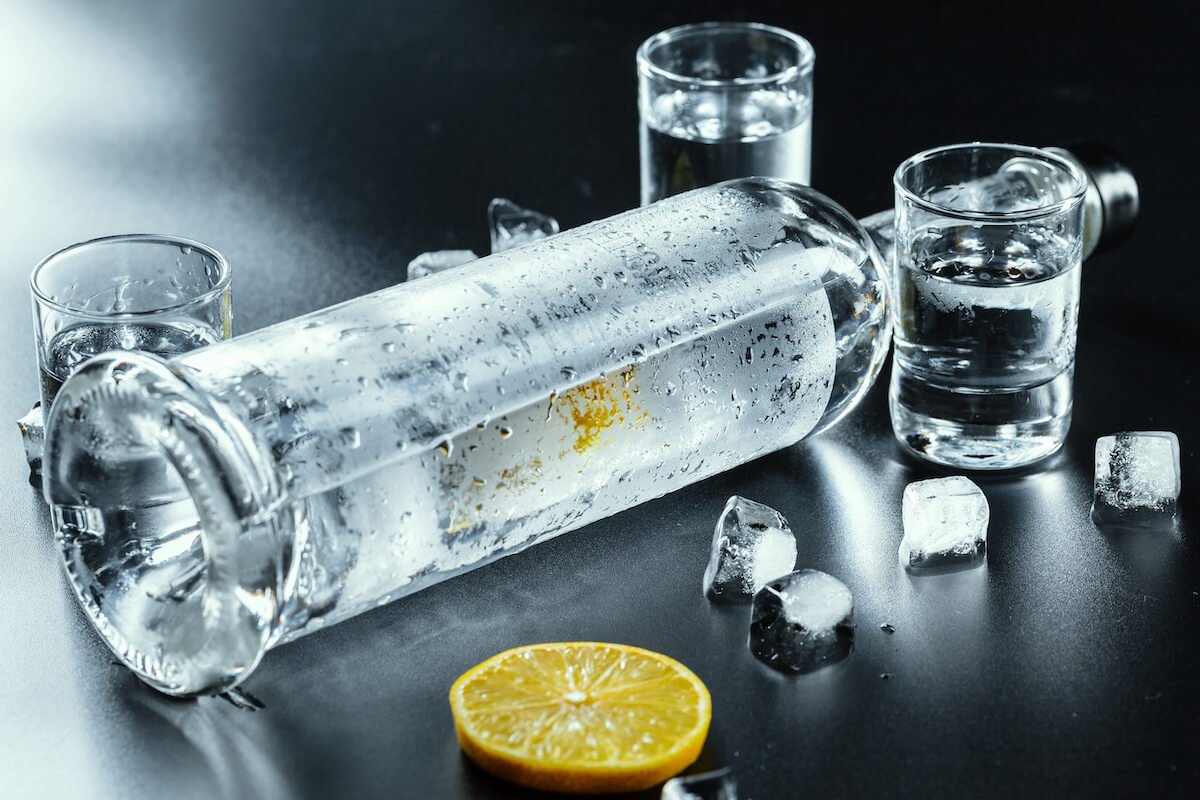
Potato vodka has long been a popular beverage in Poland and other potato-growing regions such as Idaho and Scandinavia. However, Vodka can be distilled from almost anything, and you can find vodkas made from beets and grapes.
History of Vodka
Though the exact roots of Vodka are unclear, it is believed to have originated in either eighth-century Poland or ninth-century Russia. Early Vodka was simply fermented to about 14% alcohol by volume (ABV) and marketed as medicine. Since the invention of the still, Vodka could be made at higher proofs and purity levels. In the twelfth and thirteenth centuries, Vodka was made in Poland, Russia, and Scandinavia, with Russia becoming the first to use charcoal filtration to eliminate impurities in the eighteenth century.
During the Pre-Prohibition era in the United States, Vodka was largely unknown, as bars and imbibers preferred gin, whisky, and brandy instead.

Smirnoff founded the first vodka distillery in the United States in 1934 and followed up with a successful ad campaign that included the development of the Moscow Mule, a vodka and ginger beer cocktail, and the tagline, “Smirnoff…it will leave you breathless.” Vodka overtook gin as the most popular white spirit in the United States in 1967, and it went on to become the most popular spirit overall in 1976.
How is Vodka made?
Vodka is traditionally made from grain, but it can be made with any food that contains sugar or starch. First, the food is fermented. Fermentation is the process of feeding sugar to yeast in order for it to produce alcohol. The fermentation process produces a liquid with an alcohol by volume (ABV) of just about 16 percent, which is too poor for spirits. Distillation, or heating in a still, is needed to increase the amount.
After that, the Vodka is put through a fire test to see if it contains the desired amount of alcohol. If it catches fire, it gets the thumbs up. If the material does not light up, it is considered too fragile and distilled again.
Charcoal and other materials are used in the filtering process to absorb materials that add off-flavors to the Vodka.
Pure Vodka must be flavorless, which is why it is vaporized and distilled many times. As the fluid is cooled, it returns to a liquid state and is then filtered.
The finished Vodka contains approximately 40% alcohol by volume. There is no need for maturation. The bulk of Vodka can be immediately distilled and delivered to market.
What Does “Triple Distilled” mean?
Vodka brands claiming their Vodka has been distilled multiple times is very common, but what does it mean? Vodka is a rectified liquor, which means it has been distilled multiple times. Multiple distillations extract more impurities from the spirit than a single distillation, resulting in a purer taste.
Think of distillation as a purification and concentration method. Each distillation extracts water from the distillate as well as naturally occurring fats and other chemicals. The product is ‘purified’ and concentrated after each distillation. And the taste is considered to be stronger with fewer impurities. It’s also true that less impurities mean the spirit is gentler on your body, resulting in less hangovers (should you happen to overindulge).

Some people will argue that removing the flavor is a poor idea because they want to taste what they’re drinking, while others will argue that the impurities and fats have flavor. As a result, some people will naturally gravitate toward a more concentrated product, while others will gravitate toward a single-distilled product, depending on their taste preferences.
How to Drink Vodka
Vodka is typically consumed straight, whether as a sipper or a shot. Chilling a bottle makes it easier to drink, and some drinkers like it on the rocks. For a smoother cocktail, straight Vodka can be shaken or mixed with ice and then strained into a bottle.
The fact that it has no discernible taste contributes to its success as a cocktail ingredient. This allows the other components of a drink to take center stage, which is why you’ll find vodka cocktails and shots in every flavor and style imaginable. It’s equally at home in a martini as it is in Vodka and soda or fruit-layered mixed drinks.
What does Vodka Taste Like?
Vodka is known for its bland flavor. But this is not necessarily a bad thing. The texture of a brand’s mouthfeel, or how it feels on the tongue, is a stylistic distinction.
Regardless of how many times the substance is distilled, it will always contain small amounts of impurities. Impurities in the fermentation content and yeast help to differentiate vodkas in terms of taste and mouthfeel. Here are five of the most popular ingredients:
- Wheat is the most commonly used grain in vodka production, and it is also the grain of choice in Russia. Wheat vodkas are known for their clean flavor and aniseed finish, as well as an oily mouthfeel.
- Rye is the widely used Poland. It makes Vodka with a delicious spiciness.
- Potato vodkas have a creamy taste and texture, as well as a heavy mouthfeel. They are traditionally a Polish specialty, but they can also be found in other countries.
- Corn produces the highest yield of all the grains and is usually used only in western vodkas. It has a buttery, sweetcorn taste.
- Barley is the least popular of the grains used in Vodka, and it is most closely associated with Finland. It has a mildly sweet taste.
Vodka has a slight taste, similar to that of a clear grain. If you try enough different kinds of Vodka, you’ll notice the differences. It’s similar to the taste difference between tap and bottled water. You can quickly say when you are drinking unfiltered water if you pay attention.
A word you might hear in reference to Vodka is “heat.” This is the burn you get on your tongue or back of your throat when you drink Vodka straight, and it’s another way to tell whether a vodka is smooth.
Heat is often decided by a distiller’s attention to detail when making a clean vodka, especially in terms of the number of distillations and filtering process. Premium brands are usually smooth and subtle, whereas less costly brands appear to burn in your mouth and throat.
Flavored Vodkas
The flavored vodka market is huge. Just about any flavor, you can think of is likely to be available. Citrus (either a single fruit or a combination) and vanilla are the most common flavors. Fruits like melon, pineapple, pomegranate, and other fruits, as well as berries, are used to flavor vodkas. Chocolate and espresso vodkas are common, and a newer category mimics the flavors of various desserts and candies.
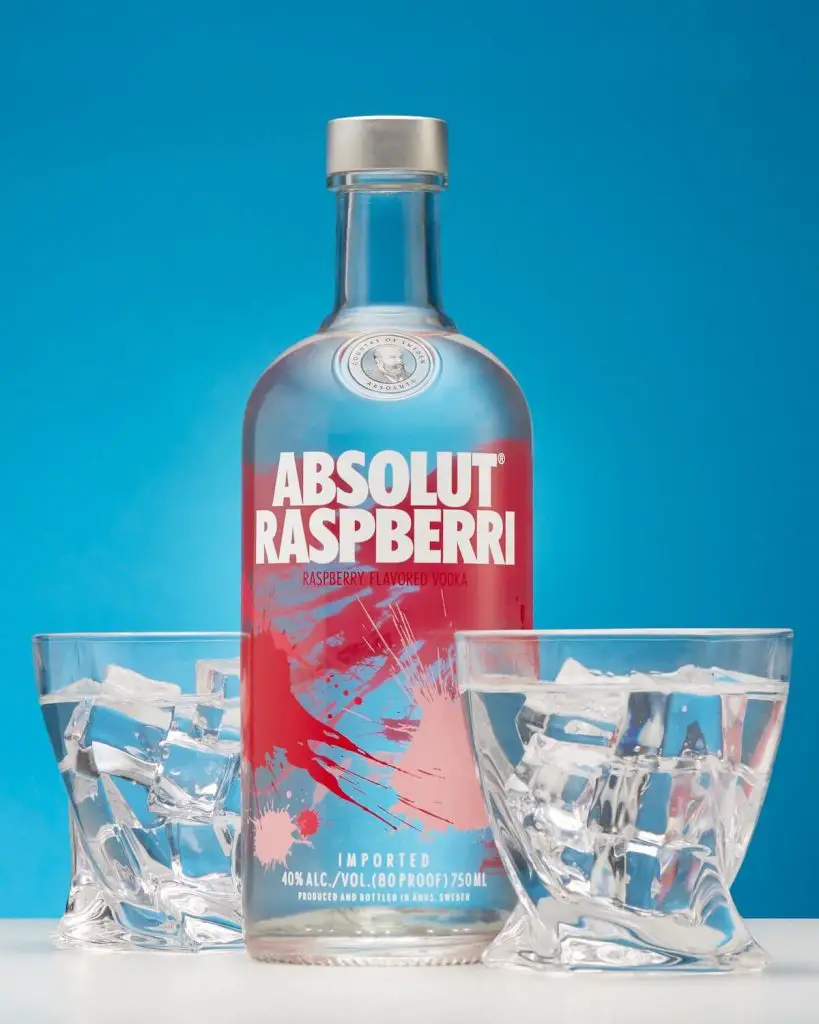
Even more unusual flavors, such as salmon, pork, hemp, and tobacco, are available, but they’re usually limited editions that don’t last long (probably a good thing).
Some flavored vodkas are made by steeping ingredients, including fresh fruits and herbs in a finished vodka using the conventional infusion process. Many vodkas, on the other hand, simply incorporate flavor extracts, whether natural or artificial. Some are bottled at 70 proof because of flavor additives.
You can easily make your own flavor blends using clear Vodka and fresh fruits, herbs, and spices to use in a variety of cocktails.
Can you cook with Vodka?
Vodka is used in a few different recipes. It’s mostly used in pasta sauces and desserts. It’s also used in Eastern European dishes like Ukrainian kovbasa sausage and Polish walnut cookies, as well as Russian dishes like Napoleon cake.
Popular Vodka Cocktails
There is no shortage of vodka cocktail variations out there. Vodka is a key ingredient in many of the classic martini menu’s drinks, as well as some of today’s most common bar cocktails. So you are going to have a lot of options. Here are some of our favorites.
Popular Vodka Brands
The vodka market is booming but, while there are many brands to choose from, not all Vodka is created equal. It’s a smart idea to have a couple of your favorite bottles on hand for various occasions. For highly flavored blended drinks, find your favorite budget-friendly brands. Then pick a top-shelf vodka to keep on hand for martinis, transparent-flavor drinks, and when drinking straight.
Although the big-name brands are dependable, don’t overlook lesser-known brands because today’s artisan vodkas are very impressive. Most brands market flavored vodkas; some have a handful, while others have a dozen or more.
What’s the difference between Vodka and Gin
Both Vodka and gin are clear distilled spirits that are usually made from grain. They don’t, however, have the same flavor.
Vodka is known for being tasteless, whereas gin is flavored with a number of botanicals, the most prominent of which is juniper. Some modern gins reduce the piney flavor to produce a smoother flavor that appeals to vodka drinkers. Similarly, some herb-infused vodkas can taste like gin. Despite their differences, the two spirits are often mixed together in cocktails. You may make a gin or vodka martini, for example, or top either spirit with tonic water or another soda.
The neutral flavor of Vodka is also due to the water used. Many brands would boast about making smooth Vodka with mountain spring water or some other ultra-clean source. This is an essential component of the distillation and bottling method that cannot be overlooked.
Conclusion
Wow, that was a lot of vodka talk! I’m just about ready to slur my speech and start speaking Russian. I hope you learned as much as I did put in this blog post together.
What are some of your favorite gin cocktails? And what other topics would you like us to write about? Let us know in the comments below. As always, stay home, stay safe, get hammered.





